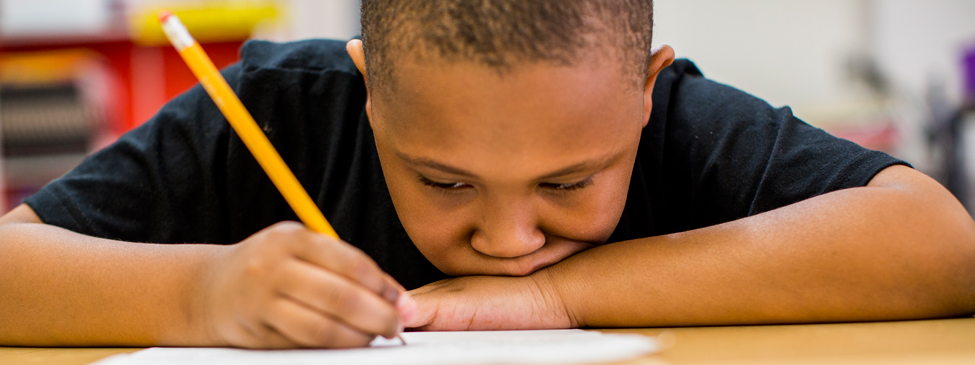While teaching science for five years in Louisville, Kentucky, I learned a lot about student engagement strategies, lessons, and classroom management. One rule of thumb rings true for all three: The more engaging lesson plans you create, the less likely your students are to act out in class. Sure, this isn’t foolproof. But as a teacher and a coach, I found more often than not that if students were too busy asking each other questions or having conversations about assignments, they didn’t have time to get bored in class.
On a coaching assignment, I once worked with a teacher who had trouble keeping three particular students in line. This trio was infamous for entertaining each other by dancing in their chairs, laughing loudly during instruction, and generally disturbing students around them. But in another class a period later, these same kids worked together to build a tower, analyze a blueprint they drew themselves, and justify their techniques to their teacher.
How did they go from being the primary distraction to the star students? They were given an engaging and challenging lesson.
The teacher in the first class I observed asked students to copy notes off a presentation—a pretty monotonous assignment. The second teacher spoke for 10 minutes and then put the learning in students’ hands: students did the planning and the thinking about their projects, and led their own development independently. Not one student was sent out for disturbing the class and, aside from kids talking about their assignments, there wasn’t a peep.
That day, I left the second teacher’s room both inspired and frustrated. I wished those three “problematic” students had nothing but teachers like her. It wasn’t magic, and it certainly wasn’t luck. That teacher simply created an experience that, in her words, “swallowed students’ focus”—a clear example of effective student engagement strategies.
Why Are Students Bored in Class?
Unfortunately, this kind of student centered instruction isn’t happening in far too many classrooms; disparities between individual classrooms like the one I’ve described play out in schools every single day.
Too often, we’re inclined to put misbehavior on kids’ shoulders. But as someone who has been there, it’s clear to me what’s often really happening: students aren’t receiving the engaging lesson plans they need. We should take disruptive classrooms and students bored in class as proof of this fact—not an excuse for it.
Part of the answer, without question, is helping teachers truly make the shift to more challenging, inspiring instruction, aimed at getting students to meet new, higher standards like the Common Core and Next Generation Science Standards.
But let’s be real. Saying we need to plan and implement engaging lesson plans is easy. Doing it, especially if you’ve never had to before—or didn’t realize you weren’t already—is much harder. I certainly empathize with teachers who are dealing with students bored in class. It’s impossible to flip a switch and dramatically shift instruction without real support, time, and a lot of hard work. Doing that work is all the more difficult when you’ve got a class full of adolescents who’d rather be elsewhere. But we have to start somewhere.
Implementing Student Engagement Strategies
Our first step should be to answer some important questions: In schools and environments where we see truly inspiring, challenging instruction happening, what does it look like? How does it affect students’ experience of school? And how can we help other teachers get there? One way to get at some answers to these questions—and one we don’t use often enough—is perhaps the simplest of all: ask the students. When designed effectively, student surveys can provide enormously valuable information to teachers and school leaders about classroom environments, student engagement strategies and, specifically, how challenged they feel in class.
Whatever method you use to find the answers, these are questions worth taking a crack at—and ones we’re grappling with in our own work this year. Because the hard truth is this: the students bored in class who move through our education system year after year are the direct result of our failure to deliver on the promise we made to them when they enrolled in our schools. That’s something we should all own up to.




